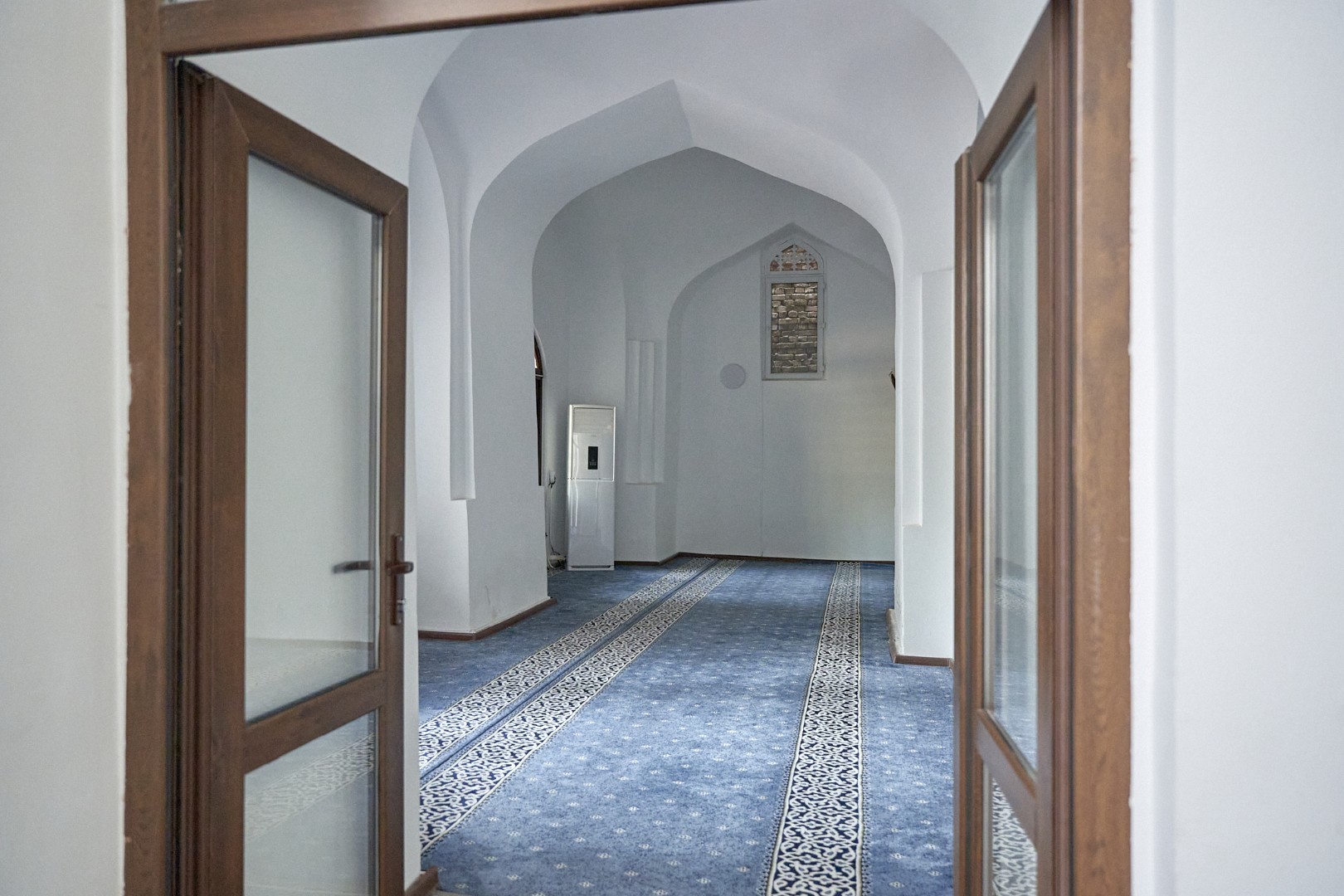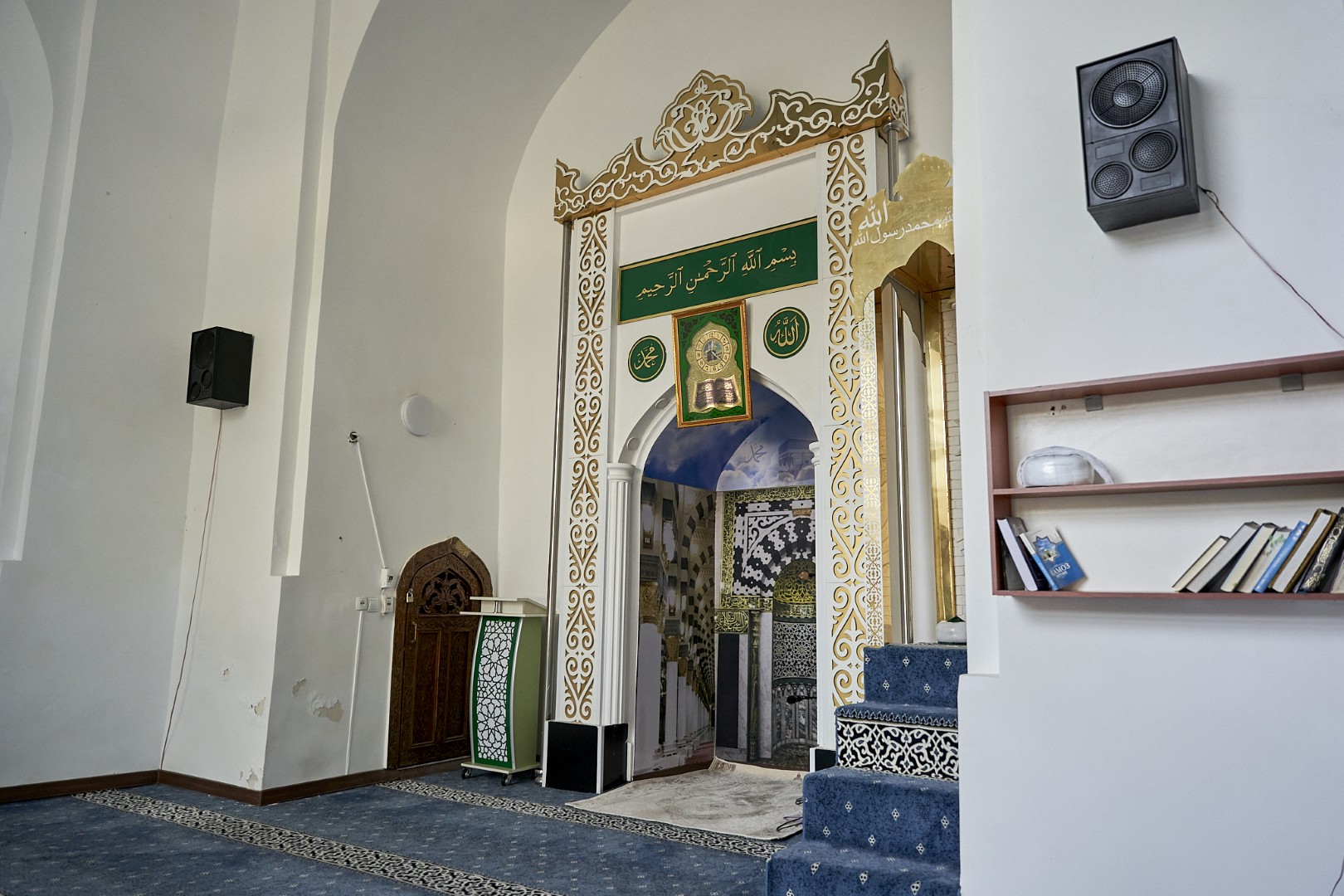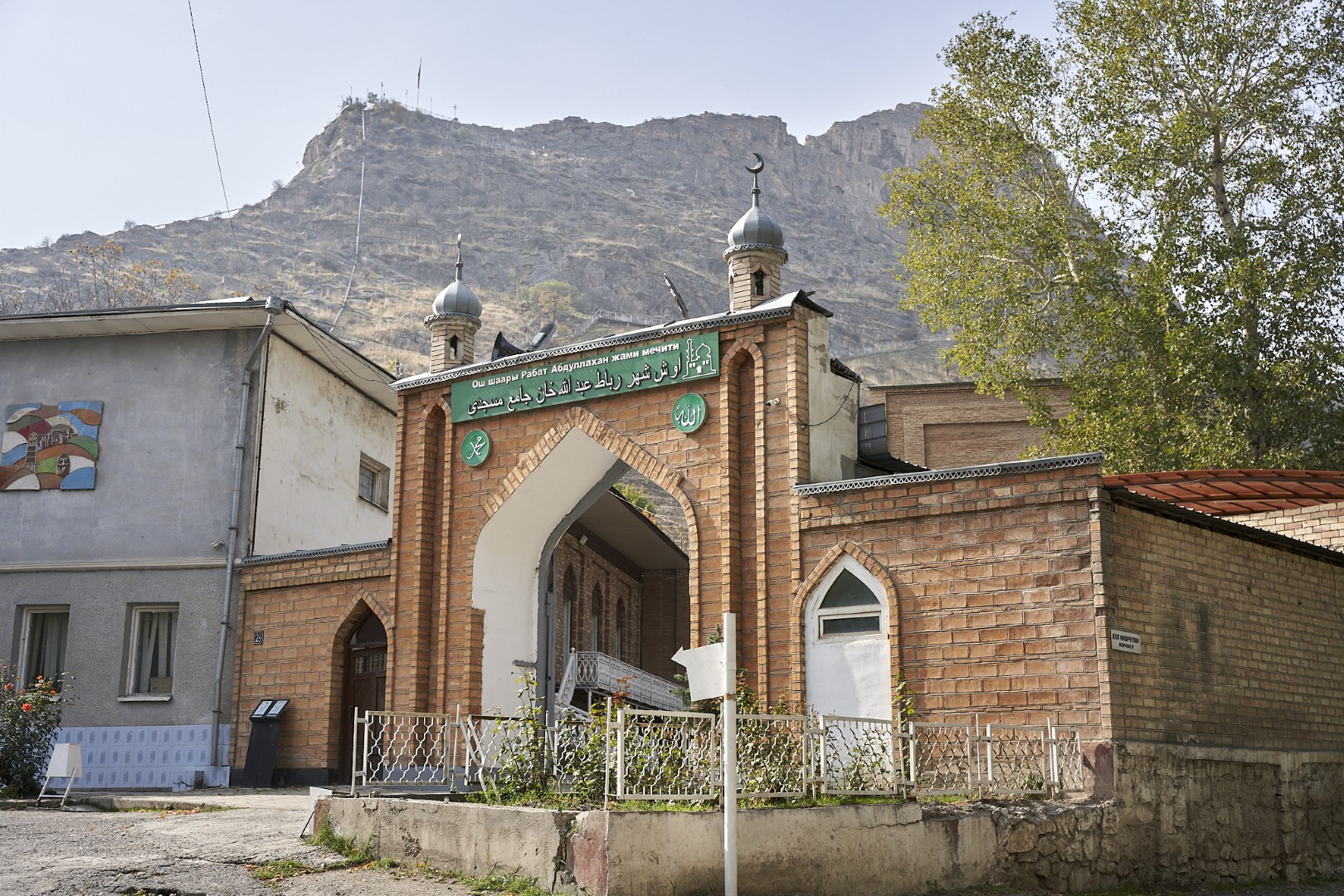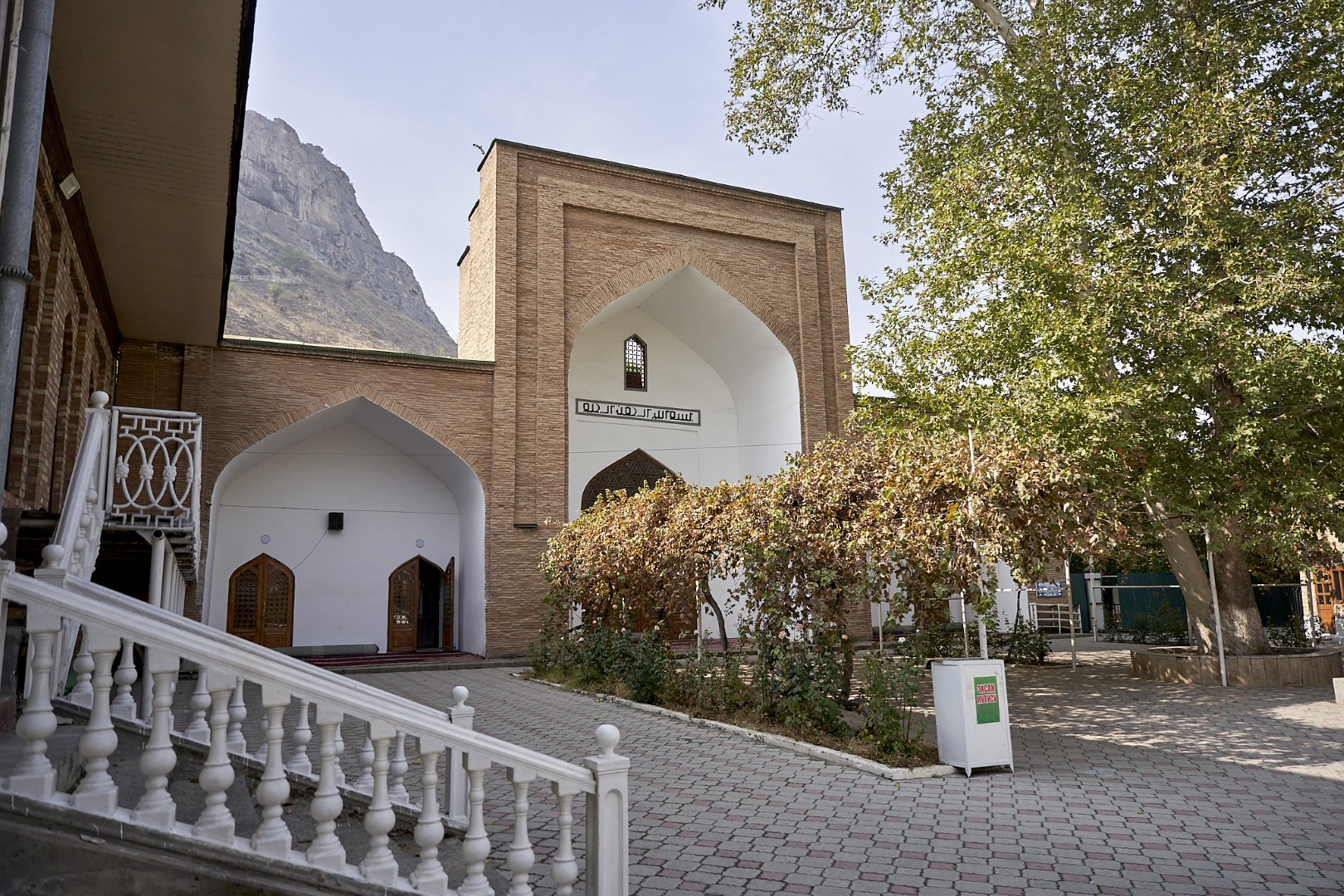

Entrance fee – Free

06:00 – 20:00

During prayer times
Women must cover their heads

Kol Onorchulor str. 33/1
Add to My Tour
Rabat Abdullah Khan Mosque
Rabat Abdullah Khan Mosque, a historical and architectural monument of the Shaybanid era, is located at the northern foot of the Suleiman Mountain. It is presumed to have been built in 1580, at the height of the power of Abdullah Khan II, who ruled a vast territory from Bukhara to Osh, and from Khorezm to Khorasan. Mosques with the prefix rabat played the role of a kind of fortress on the borders of the khanate.
The founder of the Mughal Empire, Zahir-ad-din Muhammad Babur, wrote that the mosque of Abdullah Khan II was built on the site of the destroyed Jauza mosque, built a century previously. Archaeologists have discovered brickwork in seven rows under the cobblestone fortification at the base of the mosque, which confirms the words of Babur.
The original appearance of the mosque has been distorted due to endless rebuilding and repair. For its construction, a special tiled brick was used together with ganch, a plaster consisting of up to 70 percent gypsum and clay. Such materials hardened quickly and made it possible for medieval craftsmen to erect large buildings in a short amount of time.
During the Soviet period, the mosque was used for various quotidian needs, such as storage, which had a negative impact on its condition. During the anti-religious campaigns of the 1960s, it was saved from destruction by the Soviet architect Vladimir Nusov, who made the first complete architectural measurement for restoration work. Archaeologists managed to save most of the main façade.
In 1963, the mosque was transferred to the care of the Osh Regional Museum of History and Local Lore as an architectural monument.

In 1984, archaeologists discovered the remains of earlier buildings in front of the eastern façade of the mosque. Two “iwans”, the vaulted rectangular portals typical of Central Asian religious architecture of this era, were found on the south and west sides, together with a pond and other outbuildings. Inscriptions in Arabic dating back to the 9th century were found above a mihrab and on the side walls in a niche, painted over with black gouache.
After restoration in 1988-1990, the mosque was returned to the Muslim community. Today it is a functioning Friday mosque in the historical quarter of Osh.

Locations Nearby
-

Medieval Bath
The remnants of a medieval bathhouse at the northern foot of Suleiman Mountain were discovered quite unexpectedly in 1984 during construction work for a new…
-
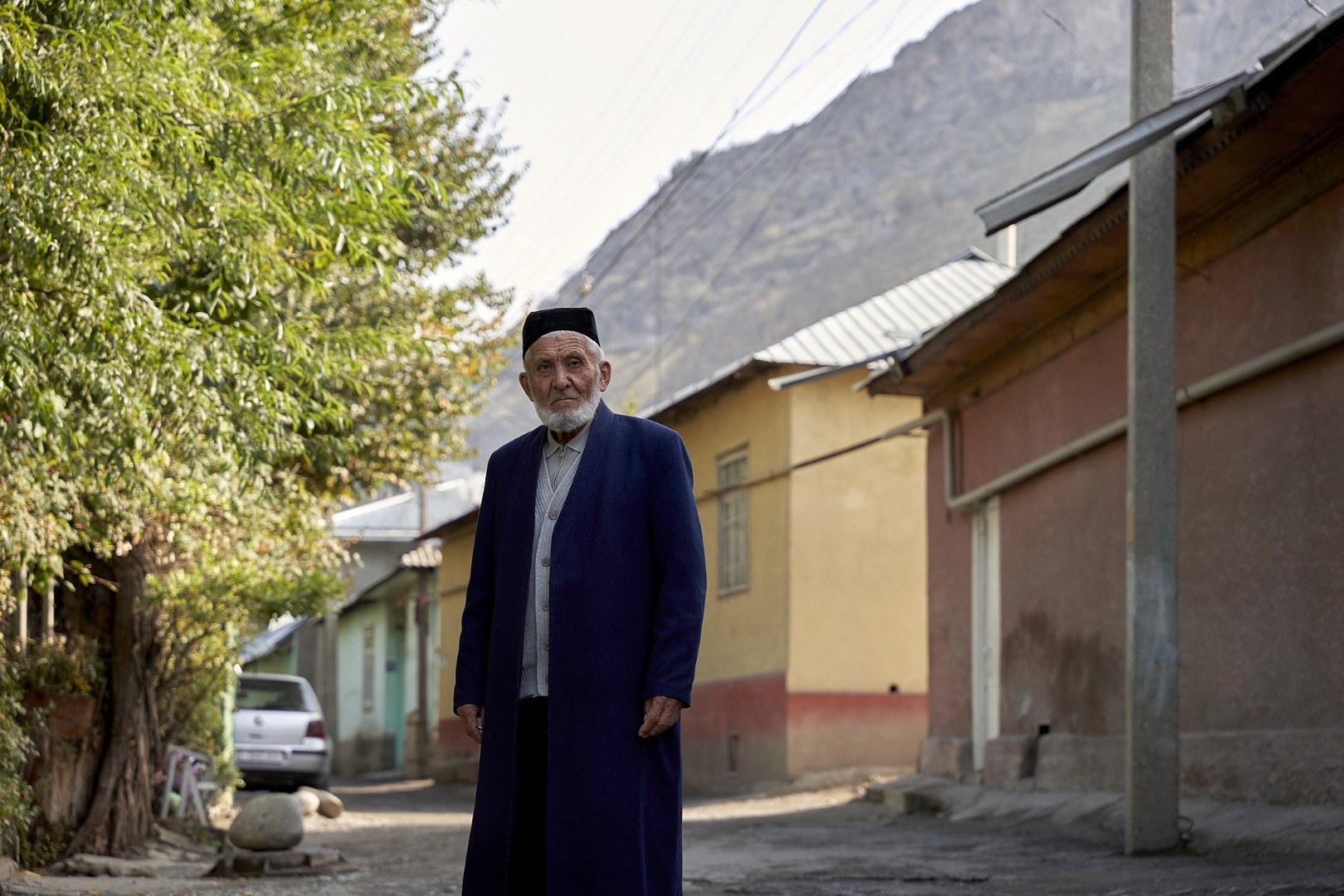
Artisans Quarter
Artisans Quarter is one of the favorite urban subjects of Osh painters. After Suleiman Mountain, it is the most recognizable location portrayed by local landscape…
-
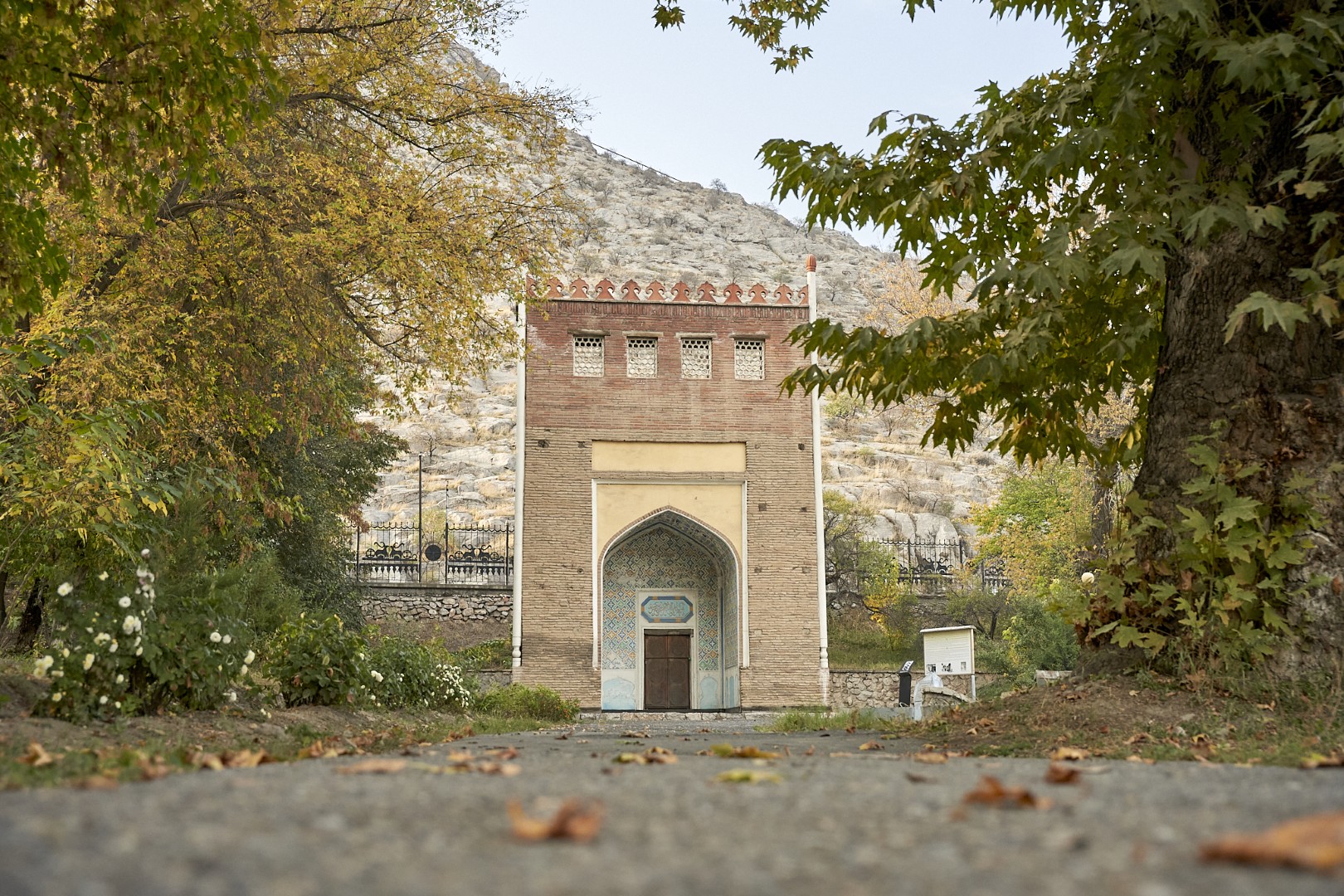
Asaf Ibn Burhia
Asaf ibn Burhia Mausoleum is located on the southeastern slope of Suleiman Mountain, and was built in the 18th century in the traditions of the…
-
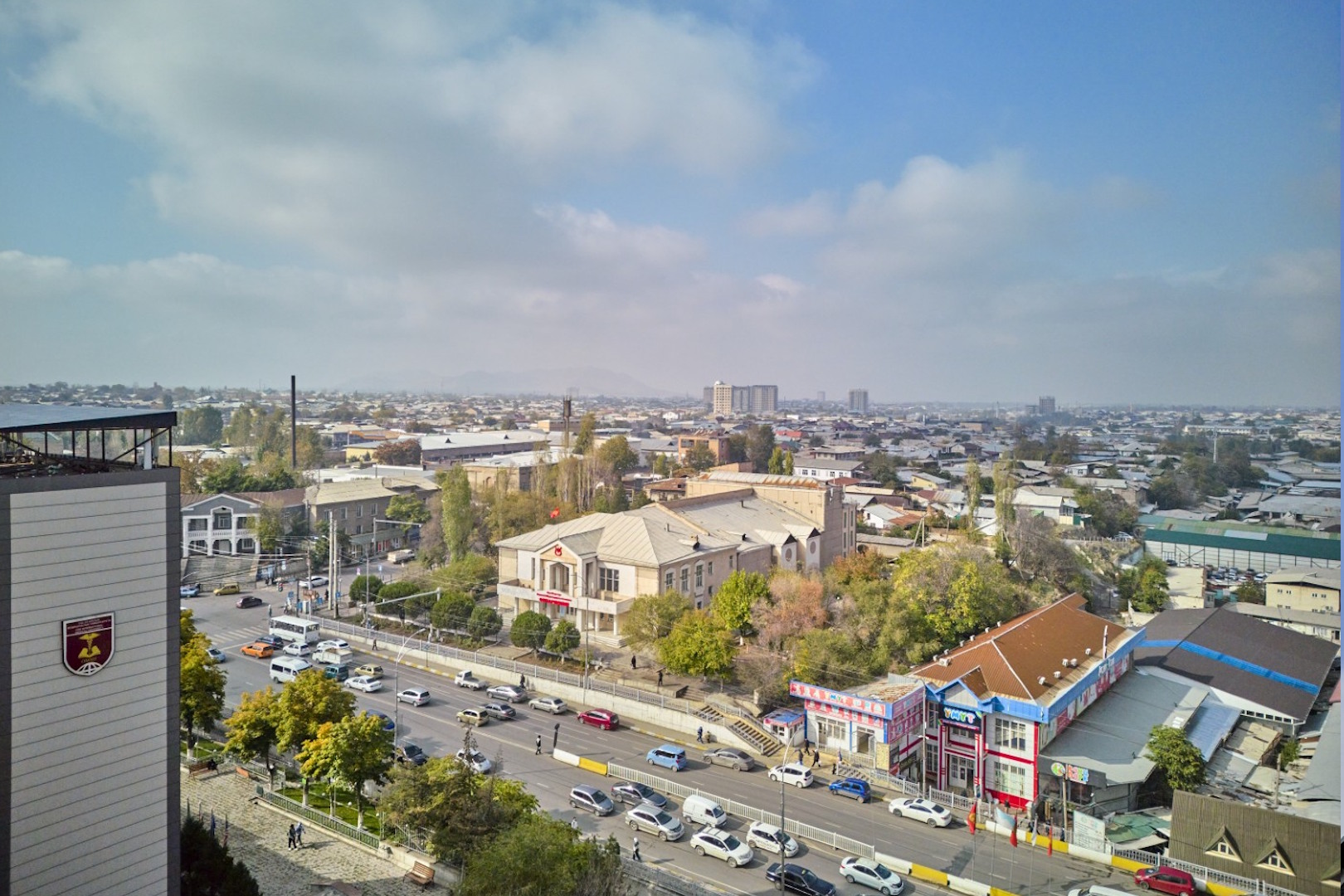
Madrasah of Khalmurzay and Mukhammedbay Turk
Today, in the square between Navoi, Kurmanjan Datka and Lenin Streets, it is difficult to find the outlines of the old quarter of Osh. It…
Other Locations
-
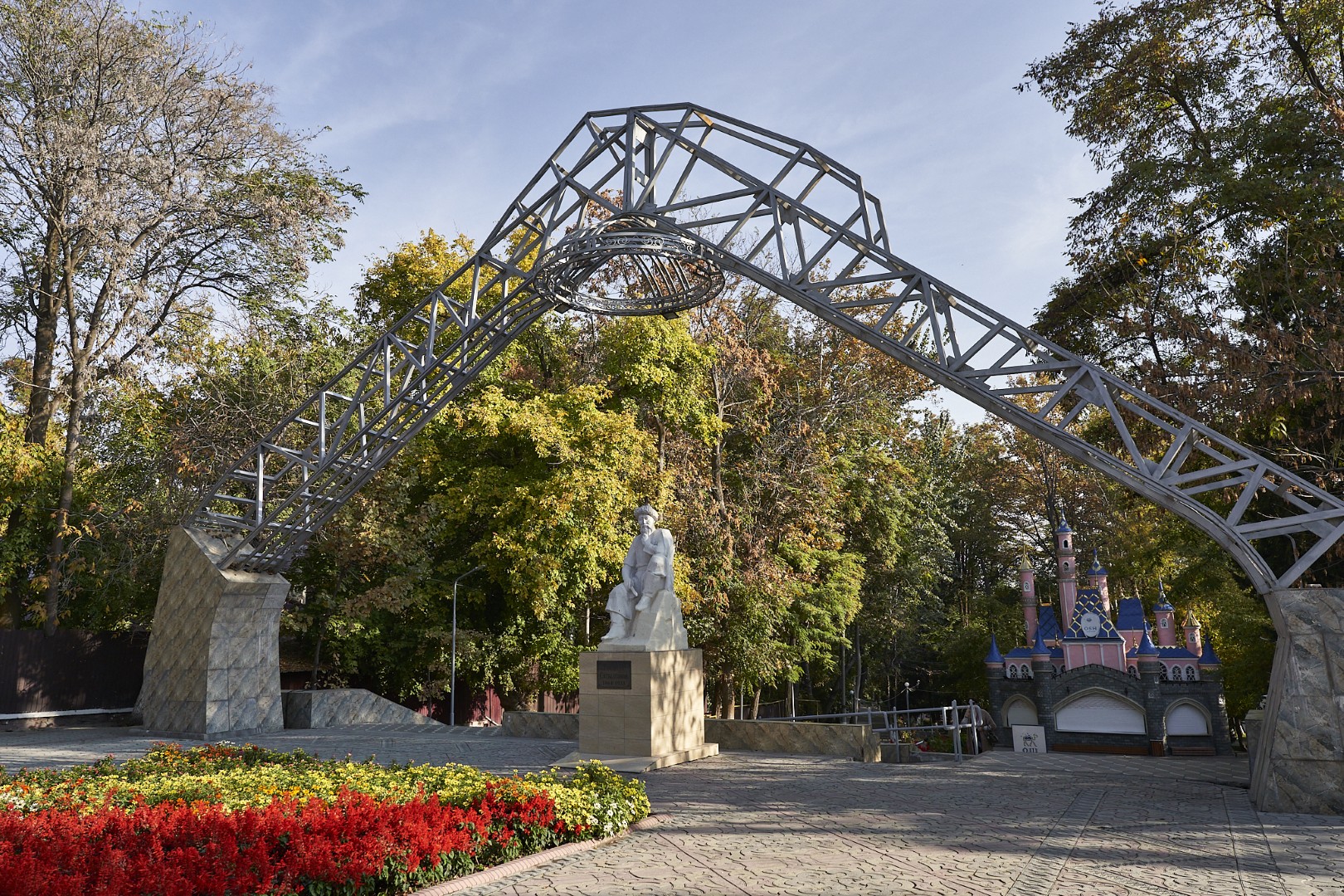
Toktogul Park
One of the oldest city parks in Osh, Toktogul Park was founded in 1878 as the city garden of the Governor-General. During the same period,…
-

National Drama Theatre
The Osh National Drama Theatre named after Sultan Ibraimov is one of the largest and most famous theatres in Kyrgyzstan. The theatre company was established…
-
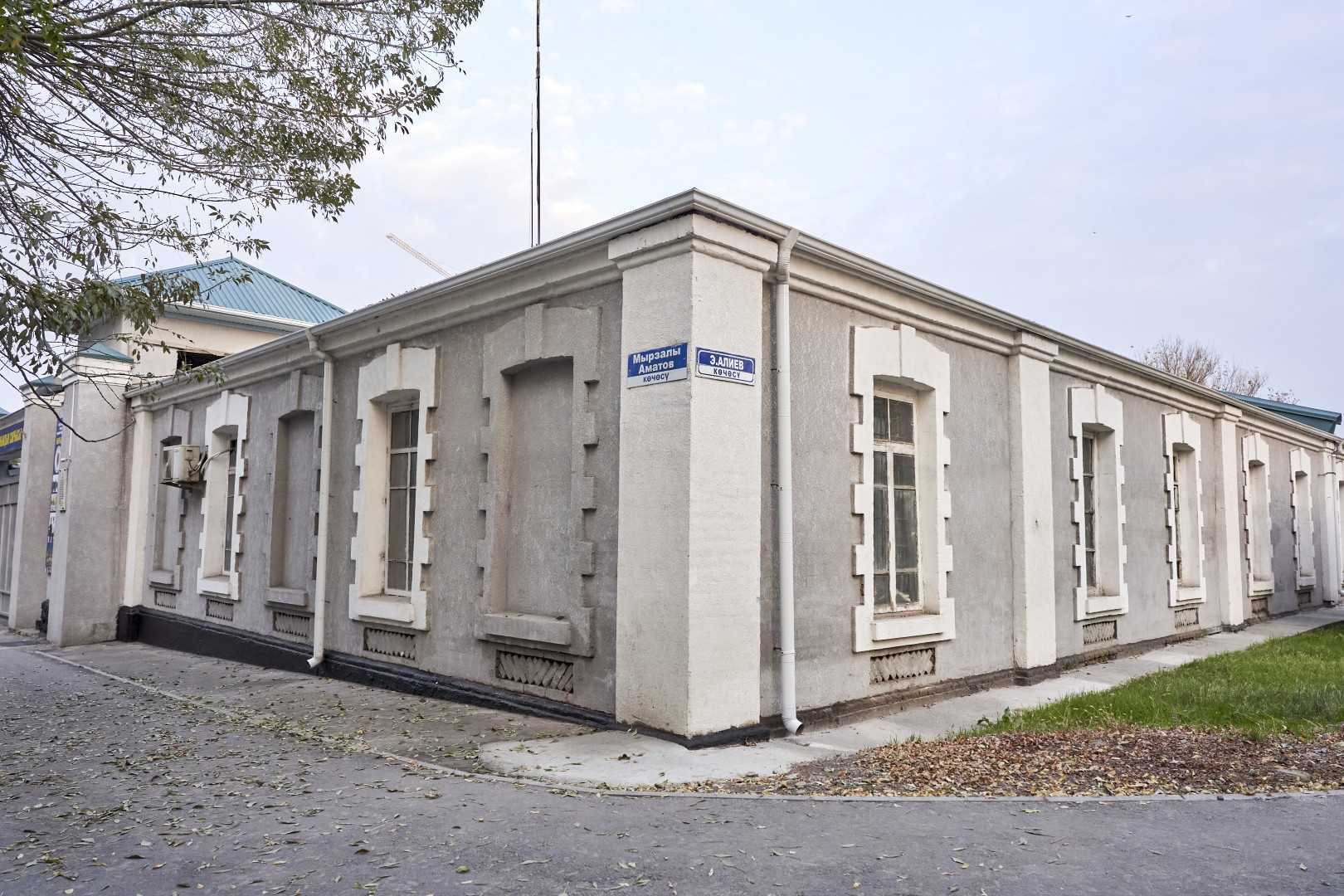
Osh Fortress
The Osh fortress was built in 1919 on the site of the former Tsarist Russian military barracks, located in the very center of the “new…
-
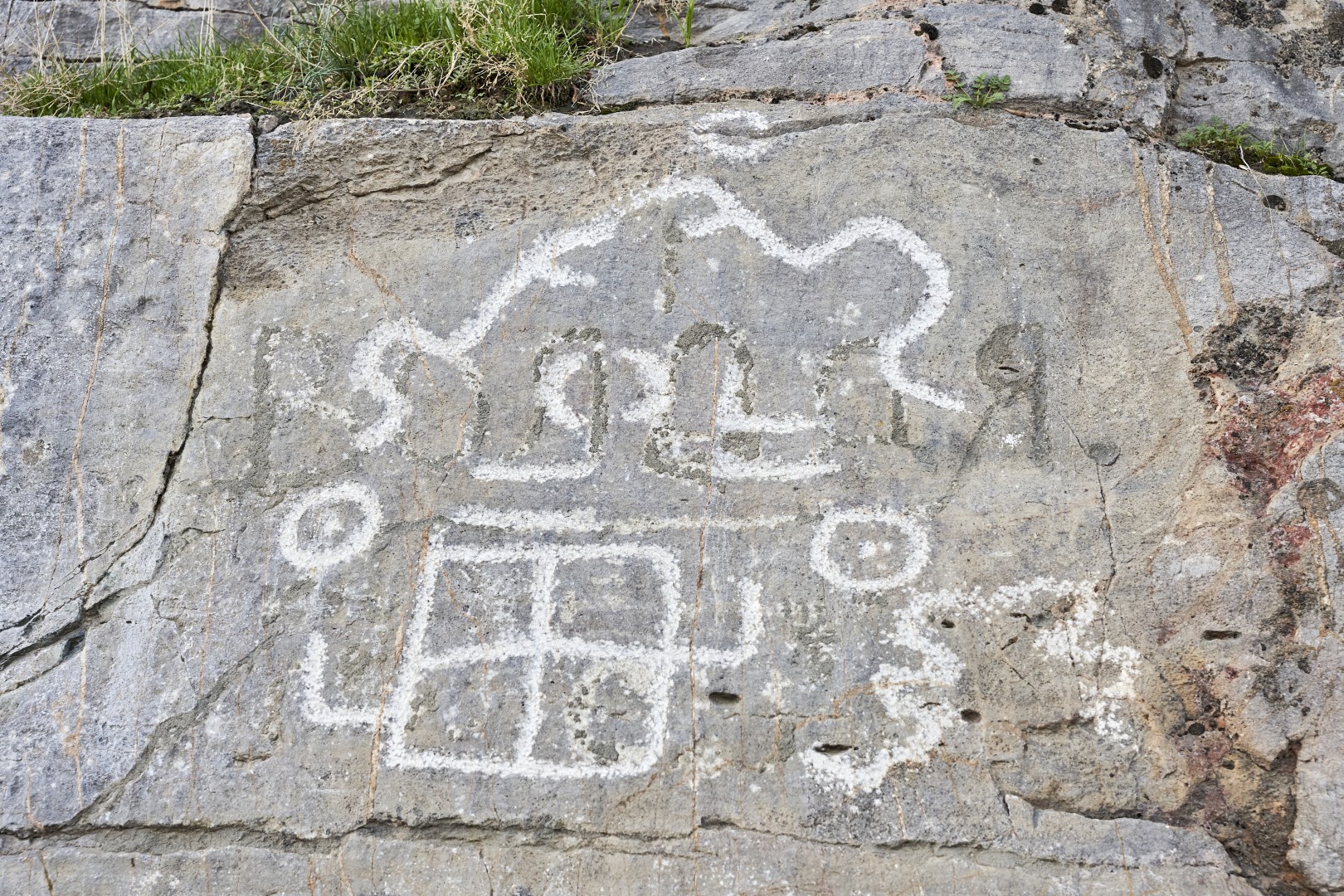
Rock Carvings
Petroglyphs, visual remnants of Osh’s millennia-old history, can be found almost everywhere on Suleiman Mountain. They are most numerous on the southern, eastern, southeastern and…

